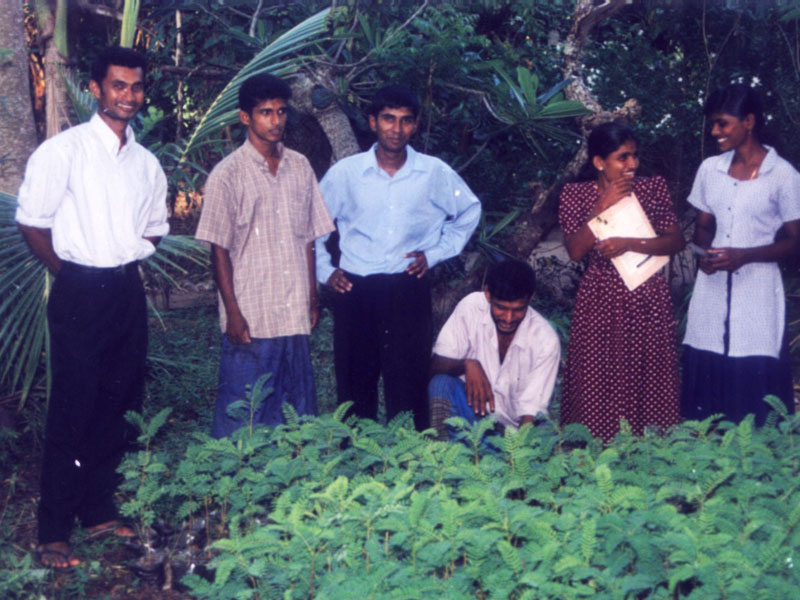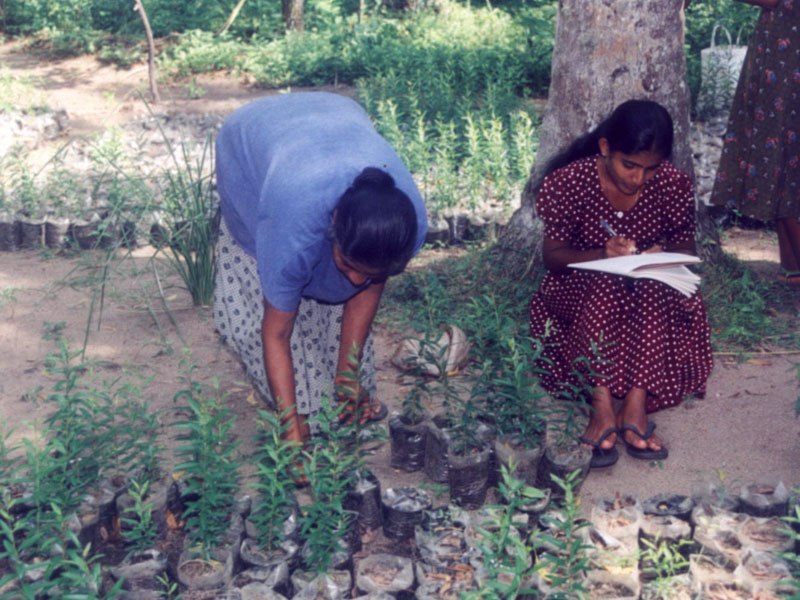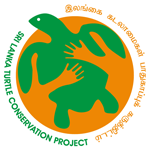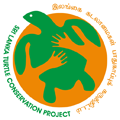
The notion of the model medicinal garden is twofold.
- To play an educational role, teaching community members and visitors to the garden about the uses of medicinal plants.
- To explore the possibilities for income generation through the sale of these plants.
Seeds and small plants of herbs are used to plant in these gardens and the selections of the plants are based on the weather and soil conditions. In some instances, rarer and less readily available plants are collected from places like Ayurvedic Research Centre, Nawinna and the Ayurvedic Centre at Ranna to propagate in the nurseries. Plants are firstly planted in nurseries and are maintained by local and foreign volunteers and also by community members. When it is necessary, expert knowledge is obtained from the officials of the Department of Agriculture. The establishment phase of this programme has been long, as the plants had to be allowed some time to establish themselves. Therefore, a responsible TCP committee member is visiting the medicinal garden to evaluate the progress and report the progress to the TCP committee.



Medicinal gardens are beneficial to the community members in terms of vegetables, fruits, spices, timber, firewood and the reduction of soil erosion. These gardens serve as examples of rainwater harvesting and the idea of a bio-fence.

